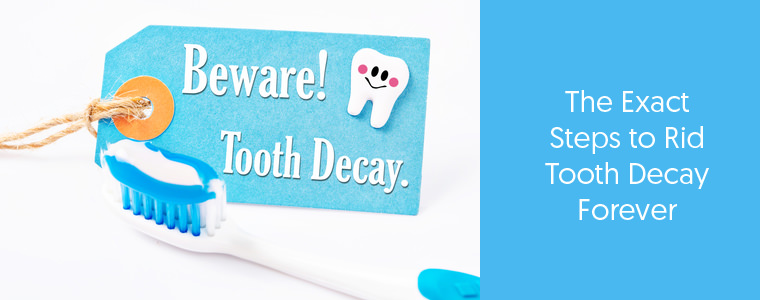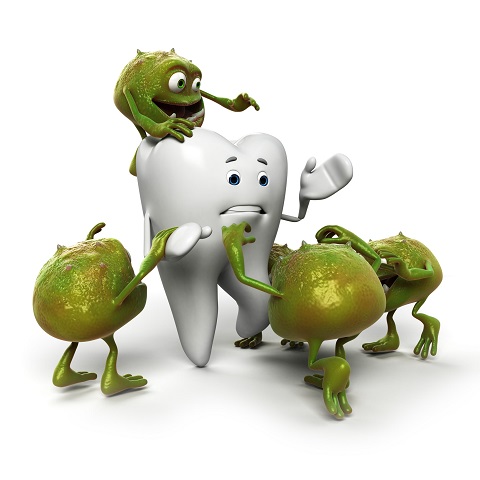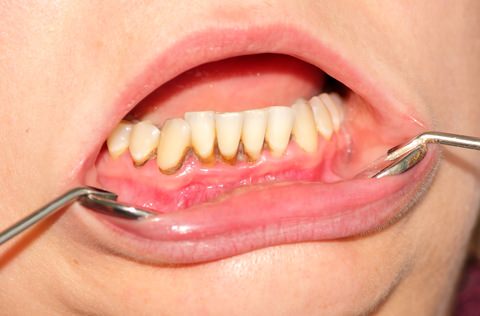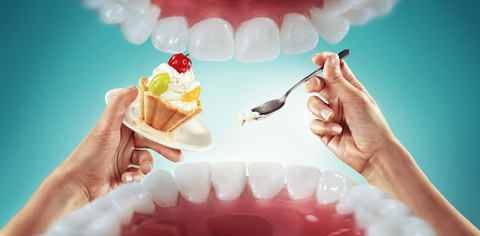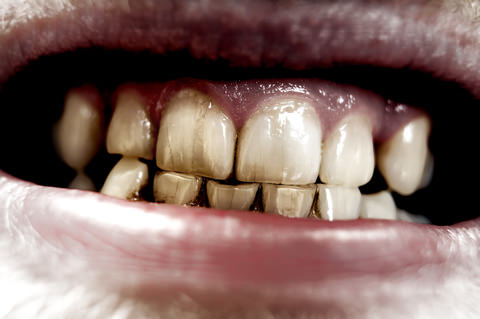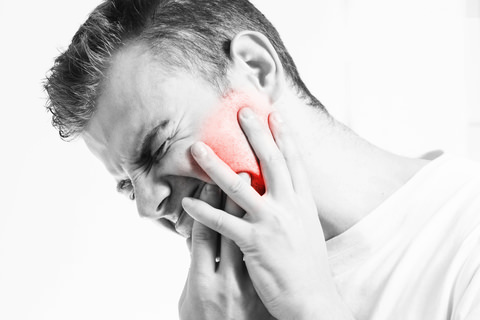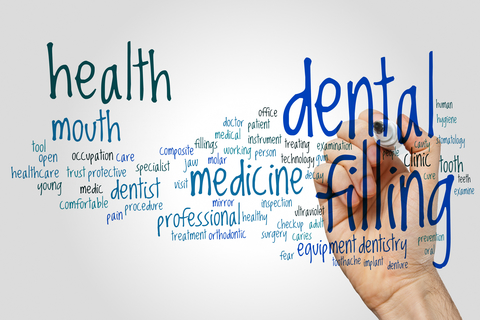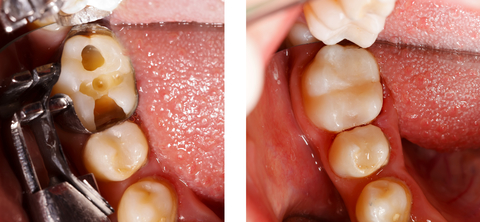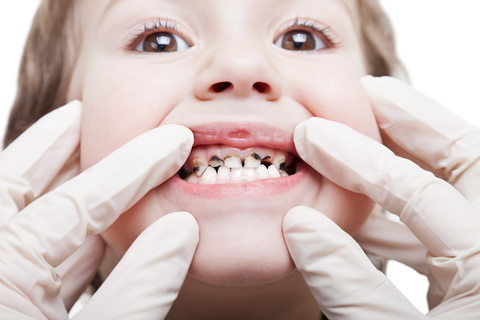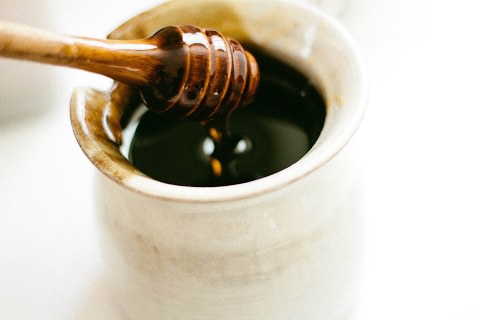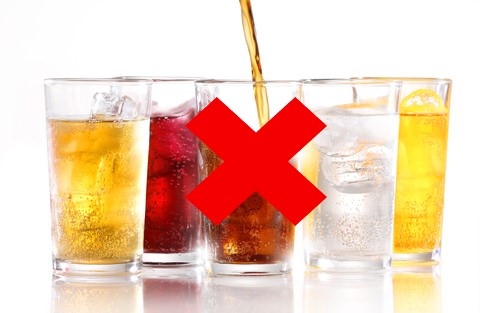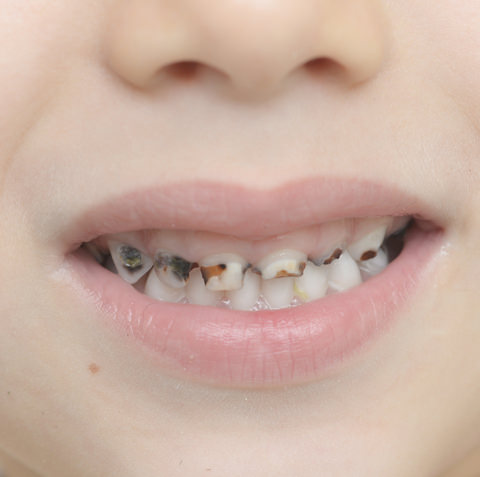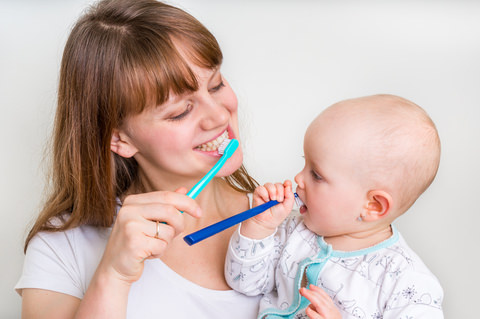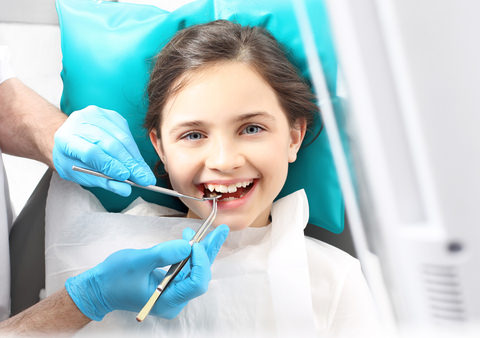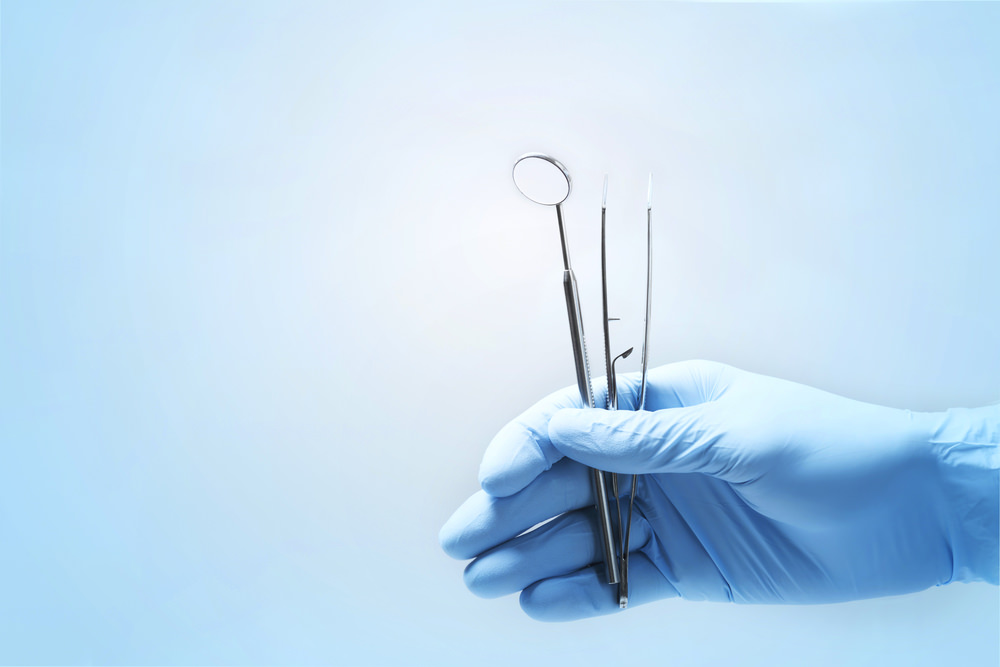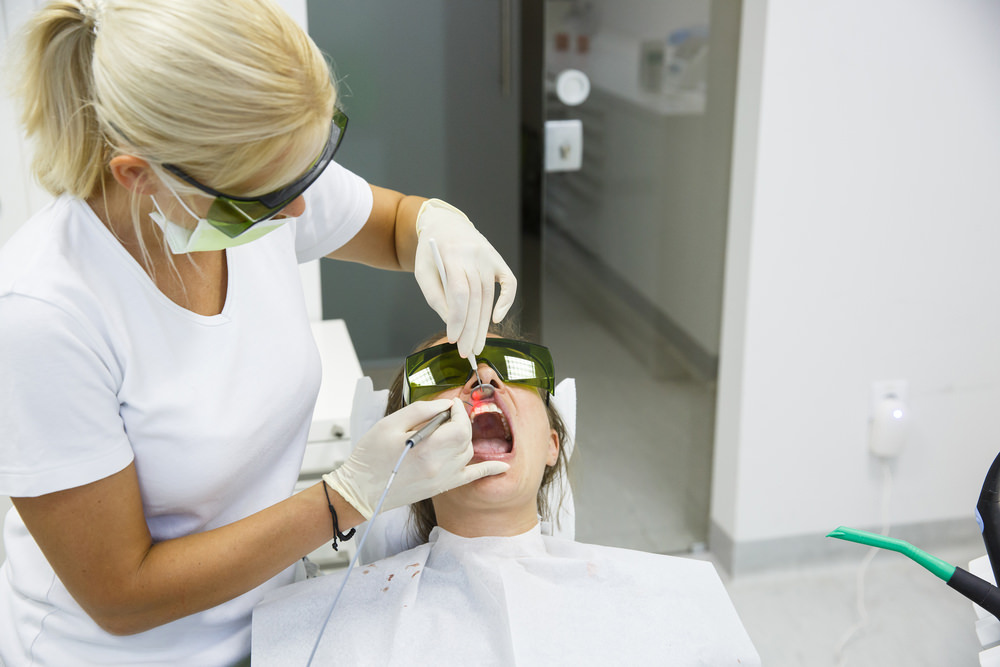Keep Tooth Decay at Bay: How You Can Prevent it!
Tooth decay can sneak up on you without much warning and cause a host of issues.
According to the Australian Institute of Health and Welfare, 3 out of 10 people aged between 25 and 44 have untreated tooth decay.
That is 30% of the population which is a massive percentage given the fact that tooth decay is very much preventable.
So, what can you do and avoid being a statistic?
Continue reading to find out more about tooth decay and what steps you can take to protect your teeth!
What is Tooth Decay?
Tooth decay is a bacterial invasion that destroys your tooth structure, causing dental health issues that you might know as cavities or caries.
A relevant thing to remember is that decay to your teeth doesn’t just occur overnight.
There are plenty of things you can do to prevent tooth decay from happening in the first place.
We are going to share the exact steps to prevent further tooth decay in this post.
But first, we are going to share a little more info about tooth decay so you can understand how it develops and what you can do to avoid it.
Causes of Tooth Decay
The biggest and primary cause of tooth decay is the bad bacteria that develops in your mouth.
We all have trillions of bacteria in our body. There are good and bad bacteria, and the good helps keep the bad at bay.
Think of it like soldiers protecting you against invaders.
Bacteria outnumber our human body cells by 10 to 1.
Dr V
If harmful bacteria are allowed to generate, it will take over and start to attack your tooth structure.
Now, the bacteria in the early stages is what’s called plaque and is a mushy substance and soft in nature at the beginning.
This plaque is not dangerous and can be cleaned off with a consistent dental hygiene routine.
But if it’s left to build, it will harden into calculus which is commonly known as tartar.
During this hardening process, plaque will send out tentacles that glue itself to your teeth.
Toxins are then allowed to degrade the structure of your tooth.
Sugar
If you spend some time with dentists’ and ask questions about dental health, you will most likely hear 4 words that get repeated a lot.
So what are the all-important magic 4 words?
“Stay away from sugar”.
The reason why a dentist will say this statement is because sugar is the acid producing food or fuel that the bacteria feed on.
Without sugar, there would be substantially lower risks of mouth related problems.
Keeping an eye on what you eat as well as how you look after your teeth and gums are two points that we’ll discuss later in detail that will help you overcome the chances of developing tooth decay.
Warning Signs and Symptoms of Tooth Decay
One of the top 3 things you can do to look after your mouth is to visit your dentist on a regular basis.
When we say regular, we mean at least every 6 months.
Warning signs and symptoms that you may experience will be picked up much quicker by your dentist, saving you money, time and pain.
Who doesn’t like the sound of that!
But if a trip to your dentist is not an option twice a year, then there are 5 beneficial ways to identify possible warning signs of tooth decay yourself. These include:
#1 Discolouration
This is usually the first sign that something is not right.
Your enamel does have a slight shade of yellow in it but anything more than this, you could be neglecting your teeth.
Try to get into the habit of brushing your teeth morning and night.
Make sure you are gentle and soft when brushing. Any rough and hard movements over time will damage your enamel.
Allow yourself to guide the toothbrush and let it do the work for you.
#2 Bad breath
Bad breath is another indicator that there is an imbalance in your mouth or health.
Dental hygiene and routine trips to your dentist will reduce the chances of halitosis occurring and help with many other things.
But if your bad breath persists, please visit your GP for further checks as it could be health-related.
#3 Sensitivity
Sharp warning signs of sensitivity are one of the main ways you can detect a problem with your teeth.
You’ll find that if tooth decay is causing sensitivity and affecting you daily, chances are this discomfort that your enduring won’t go away by itself.
#4 Toothaches
Similar to that of sensitivity, toothaches are more focus in a particular area of the mouth or tooth.
The pain will be intense, and you won’t be able to do much but hold your mouth.
Visit your dentist straight away if you are experiencing a toothache that is hanging around.
#5 Damage or Holes in Your Tooth
Holes in your teeth is the last noticeable sign that you have tooth decay.
At this point, if you do have holes and cavities evident, tooth decay has probably already reached your nerve causing much pain and distress.
A trip to your dentist is required as soon as possible!
Your dentist will probably take an X-Ray of your mouth which will give them a clear view of any decay between your teeth.
Tooth Decay as it Advances
As decay around your tooth progresses, it can break through your enamel which is the hardest structure in the body.
Once this happens, it will have easy access to what’s called Dentin and blood supply which moves the toxins around.
Dentin has tubules which carry the blood all the way to the nerve of your tooth.
Dr V
Sensitivity and pain will start occurring once the toxins reach the nerve of your tooth.
Now, in the early stages, you probably won’t feel a thing. But as it develops and starts to get closer to your nerve, this is when you will feel it.
Sensitivity when eating cold foods such as ice cream, even ice water is enough to set off sharp shooting pain.
Unfortunately, when pain and discomfort are at its highest, then you are probably very close to being a candidate for root canal therapy.
Stages of Tooth Decay
‘Stages’ is probably the wrong word to use when talking about tooth decay.
It is more of a buildup that results in the decay process not a particular classification like that of Gingivitis which can lead to gum disease.
Moving from plaque buildup by not brushing and flossing regularly, to enamel breakdown of your tooth structure and then finally nerve damage that causes the sensitivity, discomfort and pain.
Treatment for Tooth Decay
There’s only a few options for the treatment of tooth decay, and it depends on where the decay has reached within the structure of your tooth.
Enamel
The protective coating that surrounds your teeth called enamel is susceptible to the effects of decay.
Should you experience enamel breakdown, your dentist can use what’s referred to as tooth mousse. This product aims to re-mineralise your enamel before it’s too late.
However, once tooth decay surpasses your enamel and enters your dentin (the inner part of your tooth that has a blood supply), it’s usually too late.
Your dentist will then look at the next available treatment option which is a filling.
Fillings
Before your dentist completes a filling, removing all of the tooth decay must occur.
This is critical because if decay is left, the bacteria will reach your nerve and start to break down your tooth, further.
Composite resin is usually the No.1 choice for dentists when it comes to fillings in their surgery. It is easy to apply and does a great job in filling and securing the hole in your tooth.
This type of resin is very close to a form of plastic which is malleable at room temperature, creating an easy platform for it to be applied.
How is a Filling Done?
The filling resin comes in a tube which your dentist will inject and push it into the hole of your tooth where the decay once was.
The next part of the process is completed by using an ultraviolet light that hardens the resin.
If you require or desire a custom filling, your dentist can get in touch with their dental laboratory.
But remember anything that is sent out for a dental technician to design and make will cost tenfold!
These fillings that are made in a lab are known as restoration fillings.
Some of the different materials used in this process are:
1. Porcelain.
2. Zirconia.
3. E Max.
They do represent much better quality and durability than the standard forms of fillings provided by your dentist, so it’s really up to your personal opinion and wallet.
Tooth Decay in Babies and Children
As a parent, we want the best for our kids, and this should also apply when we discuss children’s teeth at any age.
Currently, tooth decay in children has become a significant problem.
There seems to be an epidemic on our hands which will possibly affect generations to come.
42% of children aged 5 -10 have experienced tooth decay in their baby teeth.
To make this figure stand out and possibly shock you, that is nearly half of all children in Australia!
1 out of 4 kids have untreated tooth decay.
AIHL
So, we know the stats but what can you do to prevent tooth decay in our kids?
Well, just like in adults, what you eat and what you do not eat, plays a huge roll in how healthy your teeth are, not to mention your general health.
The same is true for your baby or toddler.
But it occurs much faster because baby teeth are very soft and suffer significantly when children consume certain foods and liquids.
To reduce the chance of your baby developing tooth decay, below are some helpful points.
We would like to share this information with you so that tooth decay is not a significant dental health problem for your baby or children.
#1 Don’t Put Sugar or Honey on a Dummy
This habit might help you calm your little one down, but it is causing massive damage to their teeth.
The softness of babies teeth can allow the acidic nature of sugar to penetrate the outer layers of their teeth quite easily.
If this practice is kept up, decay will set in very fast indeed.
#2 Never Put a Baby to Bed with a Bottle
One of the worst things is when parents give a baby a bottle when they’re about to fall asleep.
The effects of this routine referred to as “nursing bottle caries”, can be quite shocking.
Because there is no movement in the mouth at all during the night, your baby will get saliva and milk build-up.
Over time this can decay their teeth to the gum line and can turn them black. Horrific to witness!
#3 Say No to Sugary Drinks
A pretty obvious no-no is soft drinks and processed fruit drinks.
They are terrible for your kid’s dental health, and we can’t stress this enough!
When your child drinks a soft drink, the sugar content filters through their body and becomes quite acidic causing problems with their salvia and ultimately their teeth.
Sugar is strong enough to soften your baby’s teeth even further so if you brush straight after, you could be wearing away their teeth in the process.
You might have your work cut out for you, but your kids will thank you later on in life if you limit or stop sugar in their diet altogether. It is almost a certainty.
- Teeth that change colour to brown or black.
- Toothaches causing pain and discomfort.
- Holes that are evident which collect food debris.
It is important to mention that what happens with your child’s teeth will affect them when they reach adulthood.
If your child has lost teeth due to tooth decay, it can cause havoc when their adult teeth are coming through.
It’s almost like baby teeth provide a guide for adult teeth to find their way down correctly.
No. 1 – Have a Dental Hygiene Routine and Follow it
It sounds easy but sticking to brushing your teeth and flossing regularly can prove to be a challenge.
If you feel you could do better in this department, we find taking one day at a time and focusing on brushing morning and night and flossing at least at one of those times helpful.
Leaving little reminder notes on the bathroom mirror is also a great way to help you stay on course for better dental health.
Dental Hygiene for Kids
Sometimes it can be very frustrating and downright near impossible to teach kids to brush their teeth properly.
The best advice we can give is to lead by example and let them see you brush and floss on a consistent basis.
Kids pick up so much of what their parents do and what they don’t do its almost evitable that if you have a good dental routine, your kid will soon have one too.
Another way forward is to make brushing their teeth fun.
An app called Chomper chums can help with this. You put it on while they brush and it guides them through the steps to good dental health.
No. 2 – Visit Your Dentist
This recommendation works best if you take care of your teeth and gums on a daily basis.
So when you see your dentist every 6 months, there’s usually no surprises or extra costs involved.
Reportedly in 2015, 3 out of 10 people delayed going to the dentist due to cost.
There could also be some fear involved with just going to the dentist.
So, if this applies to you and you can relate to either avoiding the dentist based on cost or the fear of going in general, stop, take a breath and make an appointment.
Delaying the decision to go and see your dentist will cost you dearly in both money and pain.
Kids at the Dentist
It is vital that you bring your kids along to the dentist every 6 months as well.
The main reason is that as they grow so do their teeth and not all teeth grow in the right direction.
Developmental issues can form, and if you see your dentist in the given timeframe, they will be able to detect any problems early.
The other invaluable reason is that your dentist will be able to provide advice and motivation.
It then becomes a natural part of growing up, and as they enter into adulthood, they are more likely going to continue with routine checkups with a dentist.
No 3 – Drink Plenty of Water!
Being well-hydrated rounds out our top 3 tips to prevent tooth decay.
It is probably the most overlooked and therefore important thing you can do for better dental and overall health.
Keeping up with your fluids enables your salvia to stay present in your mouth.
Why is this crucial?
Well, salvia is your first line of defence against bad bacteria which can cause more than just tooth decay.
Drinking plenty of water will make you feel fantastic, but don’t take our word for it, we found a post that gives 34 prove ways drinking water makes you awesome!
Conclusion
As you can see, tooth decay is preventable if you adhere to some positive habits and routines.
Simple things such as brushing your teeth or flossing twice a day will turn the odds and dramatically reduce the chances of you forming tooth decay.
When your kids are growing up, instilling a positive dental hygiene routine is a wonderful way for them to take responsibility and learn from you.
It is something that they will remember for their entire life.
It starts with you, the choices you make will ultimately decide your dental future and that of your children.
Do you have a question about tooth decay for Dr V?
By Dr Veronica Roller
Created at April 19, 2018, Updated at December 14, 2020


